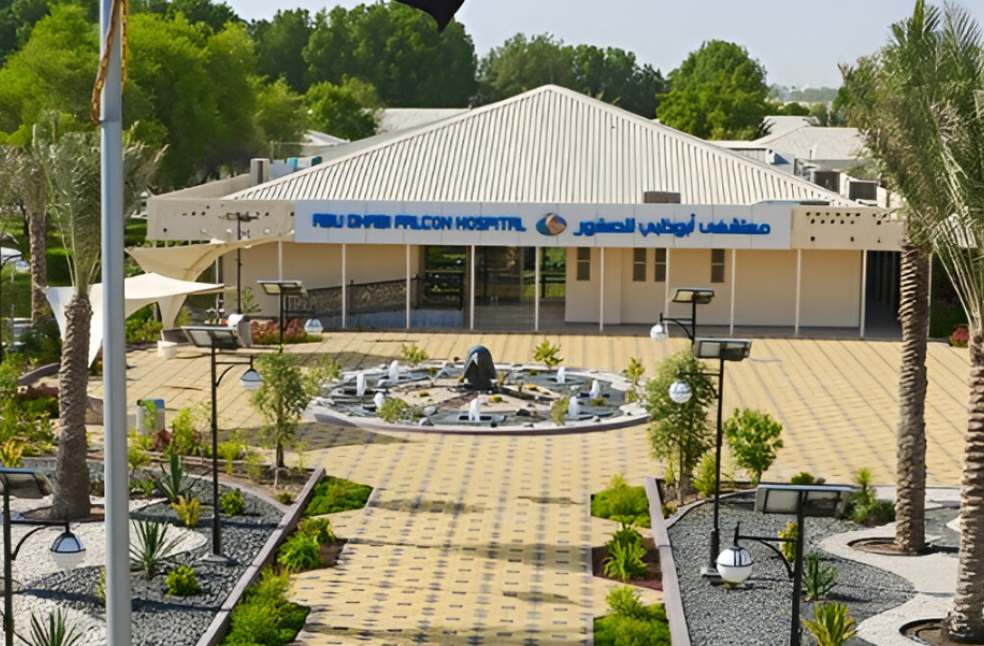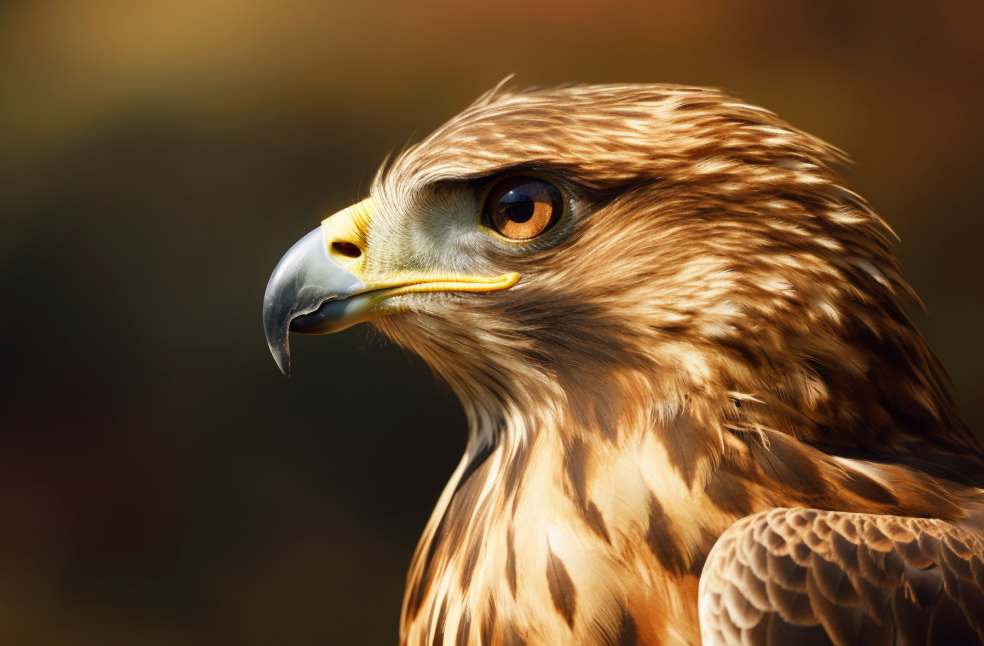The falcon, which is very important to Emirati culture, occupies the middle of the United Arab Emirates national logo.
The falcon represents the UAE nation’s strength, courage and unity. Officially adopted on December 9, 1973, two years after the nation’s founding, the symbol has since become one of the UAE’s most recognizable icons, depicting the country’s ancient traditions and modern dreams.
The United Arab Emirates emblem displays a golden falcon. Also called the Hawk of Quraish, this falcon is a quintessential symbol of nobility and leadership of the Arab world. The emblem also consists of a UAE flag with a circular disk and seven stars. These symbolize the seven Emirates forming the federation. The tail feathers of the falcon similarly consist of seven shades.
A red parchment inscribed with the name of the country United Arab Emirates, written in Kufic, is held by a falcon’s claw. This powerful combination of elements recalls both national pride and the cultural depth of the emirates.
Prior to the March 2008 modification, the emblem was a red disc sporting an Arab sailboat encircled with a chain. The change from the traditional dhow to the modern UAE flag reflects the UAE’s evolution from its maritime heritage to a modern and united contemporary state, with the falcon remaining the eternal guardian and symbol of vision.

A heritage rooted in Falconry
The falcon is more than just the UAE’s national emblem as it reflects Emirati identity. Falconry is one of the oldest and most cherished heritage sites in UAE and is over 3000 years old. Historians think it started about 2,000 years ago, and it served as a constant means of survival in the desert.
In the past, Bedouins trained falcons to hunt small creatures like hares and houbara bustards and relied on them for food and company. For tribal leaders and their people, falconry was not just a sport but a way of living over the course of a day-time expedition and evening campfire discussion.
The saluki is a speedy, loyal desert hunting dog. The saluki helped catch the falcons, particularly when hunting gazelles. Their coexistence embodies the connection between humans, animals, and the desert, a bond that is still celebrated today.
Conservation and protection efforts
The UAE, acknowledging the importance of holding heritage for centuries to come, enforce strict measures for protecting falcons and responsible falconry. New regulations have come into effect to protect birds and stop the illegal shooting of birds.
The Emirates Bird Society is the first to put microchip trackers under the skin of falcons with specific ID numbers. Through this initiative, authorities can track the birds of prey and protect them from misuse.
The survival of falcons is threatened, as is the tradition of falconry, which has evolved over the years due to urbanization. Contemporary practices and over-hunting by unqualified falconers pose additional threats to the bird and cultural values they symbolize.

A global cultural treasure
To protect this legacy for the future, the UAE government and UNESCO efforts to establish falconry as an Intangible Cultural Heritage of Humanity, and in partnership with UNESCO. This illustrates the government’s endeavour to not only preserve this ancient art form, but also enables the UAE to become a global landmark for cultural tourism.
Nowadays, Falconry is a matter of great pride for the Emiratis who symbolize it in festivals, museums and tourism. Abu Dhabi Falcon Hospital is one of the world’s best falcon care centers. Specialized breeding and rehabilitation programs are also being organized by the UAE to counterbalance tradition with innovation.
The falcon flies high in the skies above the desert, symbolizing the UAE’s past, present and future. It embodies our heritage, reflects our vision, and will continue to inspire for generations.


